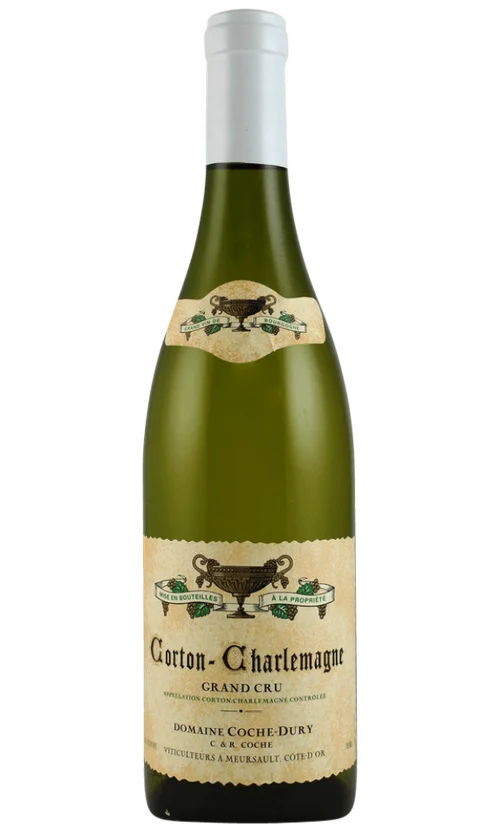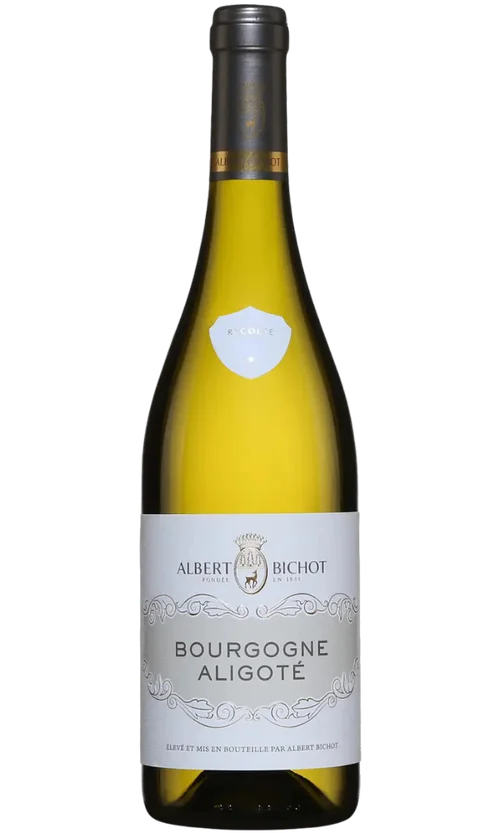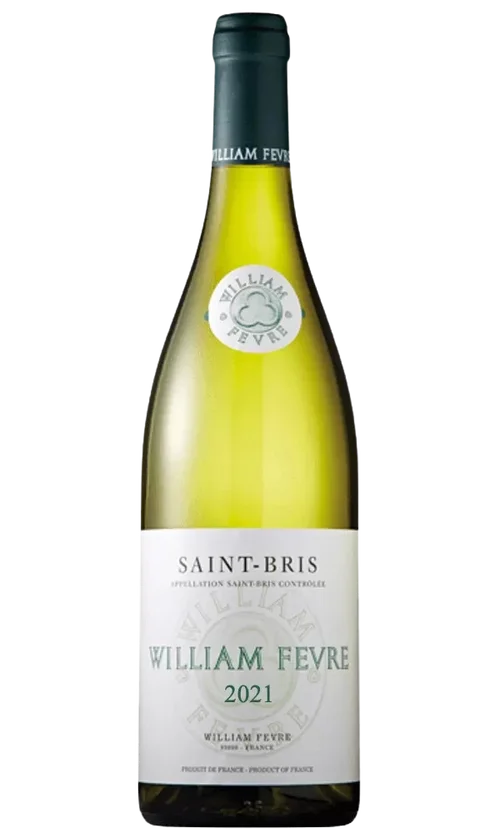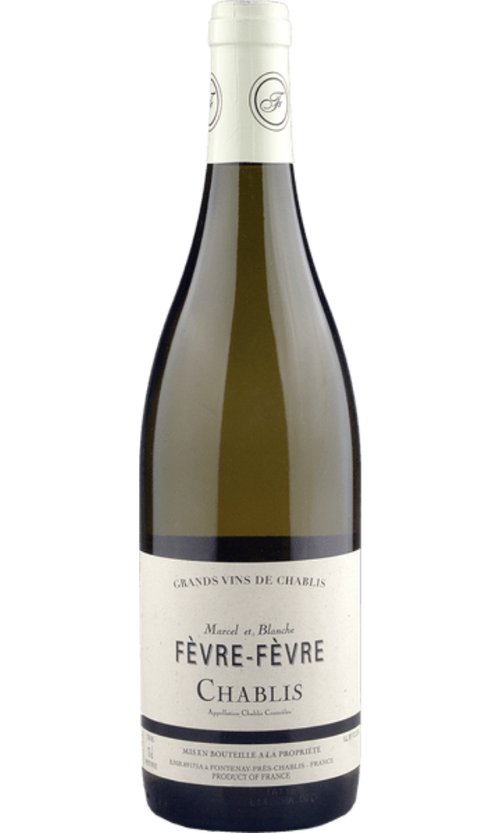About Burgundy
Burgundy Facts
The finest red and white Burgundy wines (or vins de Bourgogne) set the standard for Pinot Noir and Chardonnay. At their best, Burgundy wines are the world's most aromatically complex, silky, and seductive wines, thanks to their ineffable combination of fruits, flowers, minerals, and earth, and their ability to project flavor authority without excess weight. But first-rate Burgundies are produced in limited quantities. Burgundy is a minefield for the casual wine lover, as there is still far too much mediocre and grossly overpriced wine.
The problem, in a nutshell, is that a single, small premier cru vineyard may be carved up among a dozen or more owners, and the wine produced in Burgundy, even though they sell for roughly the same price at the cellar door, can range from the sublime to the undrinkable, depending on the talent and commitment of the producer. Thus, premier cru wine can vary depending on where you get it.
The Cote d'Or, or ""golden slope,"" is the heart of Burgundy, a 30-mile-long plot of land with vineyards stretching from just south of Dijon to Chagny. But the greater Burgundy region also encompasses Chablis in its extreme north, and the Cote Chalonnaise and Maconnais regions located to the south of the Cote d'Or. Beaujolais, at the extreme southern end of Burgundy, virtually reaches the outskirts of Lyon. In its entirety, the Burgundy wine map encompasses five wine-producing regions.
Varietals Grown in the Burgundy
The Burgundy wine regions are located in eastern France. Besides Pinot Noir and Chardonnay, you can find other grape varieties that produce some rather expensive wines. These wines include Gamay and Algote, red and white respectively. Among the finer sparkling wines, you can find Cremant de Bourgogne, made from the best grapes that Burgundy has to offer. There are a total of 550 hectares (1400 acres) of grand cru vineyards in Burgundy. One of the most recognized of these is the La Tâche, an Appellation d'origine contrôlée. It is also a grand cru vineyard that produces red wine.
The vineyards of Burgundy stretch far and wide. A sub region of Burgundy, Hautescôtes de Beaune, is also notable, covering over 814.36 hectares (2,012.3 acres). Wine tasting in the Burgundy region can be an enjoyable experience. With so many regional wines to choose from, you may feel a bit overwhelmed with the experience. It's recommended that you find a guide to burgundy wine before you embark on such an endeavor.












































